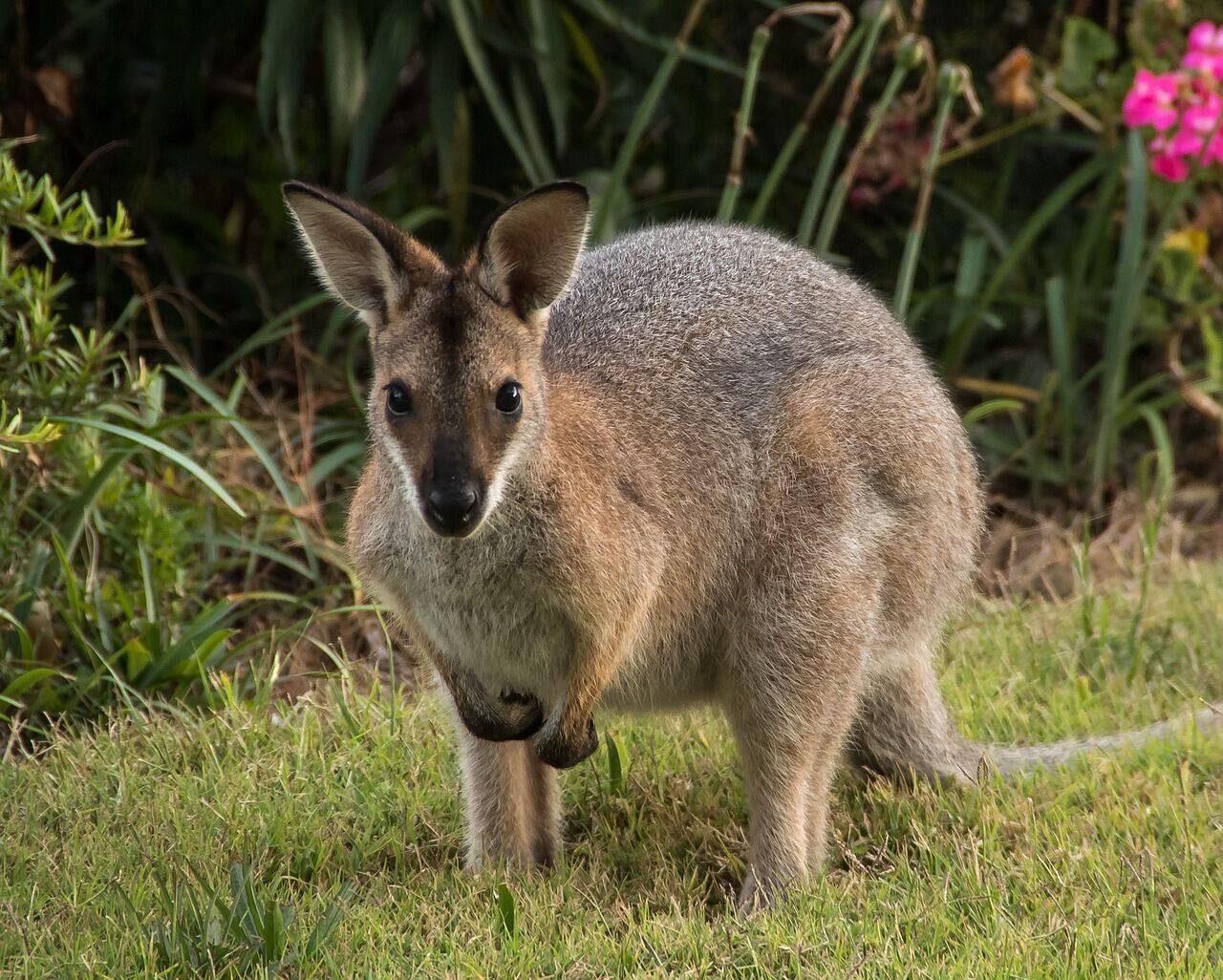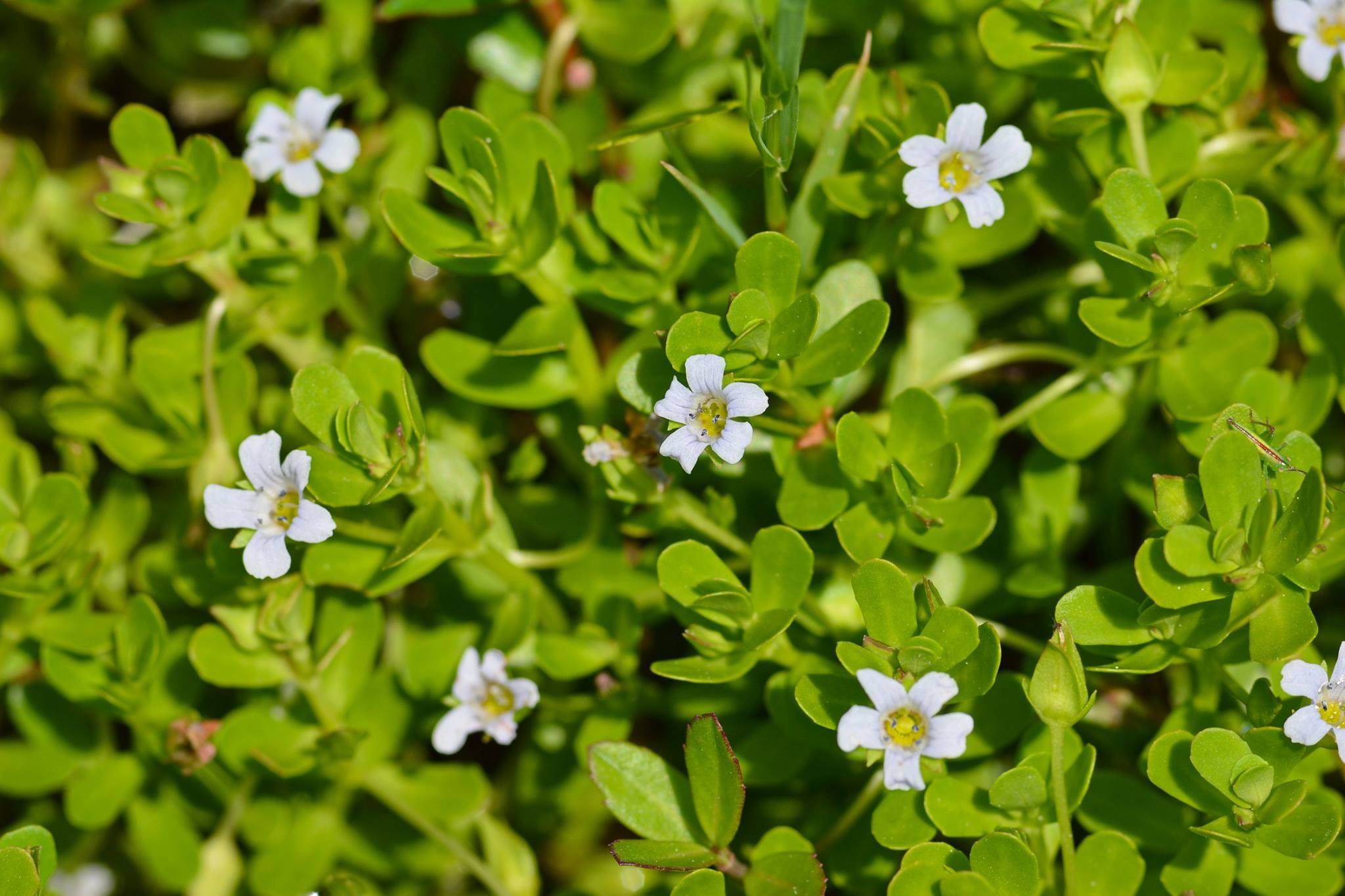
Wallabies are fascinating creatures that often get overshadowed by their larger kangaroo cousins. But did you know these small marsupials have some pretty cool traits of their own? For instance, wallabies can leap up to 13 feet in a single bound! They also have a unique digestive system that helps them survive in harsh environments. These animals are mostly found in Australia, but some species live in New Guinea and nearby islands. Wallabies are herbivores, munching on grasses, leaves, and fruits. They are also known for their strong social bonds, often seen grooming each other. Ready to learn more? Let's hop into 30 amazing facts about wallabies!
What Are Wallabies?
Wallabies are small to medium-sized marsupials native to Australia and New Guinea. They belong to the same family as kangaroos but are generally smaller. Let's dive into some fascinating facts about these unique creatures.
-
Wallabies are part of the macropod family, which means "big foot." This family also includes kangaroos and wallaroos.
-
There are about 30 different species of wallabies, each with unique characteristics and habitats.
-
Wallabies have powerful hind legs that allow them to leap great distances, sometimes up to 13 feet in a single bound.
-
Their tails are strong and muscular, providing balance and support while hopping.
-
Wallabies are herbivores, primarily eating grasses, leaves, and fruits.
Wallaby Habitats
Wallabies can be found in various environments, from forests to grasslands. Their adaptability is one of their most remarkable traits.
-
Some wallabies live in rocky outcrops and cliffs, earning them the name "rock wallabies."
-
Swamp wallabies prefer wet, marshy areas and are often found near water sources.
-
Forest wallabies inhabit dense woodlands and rainforests, where they can find plenty of cover and food.
-
Some species, like the agile wallaby, thrive in open grasslands and savannas.
-
Wallabies are mostly nocturnal, meaning they are most active during the night and early morning.
Wallaby Reproduction
Wallaby reproduction is quite fascinating, with unique adaptations that help ensure the survival of their young.
-
Female wallabies have a pouch where their young, called joeys, develop after birth.
-
Joeys are born very tiny and underdeveloped, about the size of a jellybean.
-
After birth, the joey crawls into its mother's pouch, where it continues to grow and develop for several months.
-
Wallabies can delay the development of an embryo if environmental conditions are not favorable, a process known as embryonic diapause.
-
A female wallaby can have one joey in the pouch and another embryo in a state of diapause simultaneously.
Wallaby Behavior
Wallabies exhibit a range of behaviors that help them survive in their environments.
-
Wallabies are generally solitary animals but can sometimes be found in small groups called mobs.
-
They communicate using a variety of sounds, including clicks, grunts, and hisses.
-
Wallabies use their strong hind legs to defend themselves from predators, delivering powerful kicks.
-
They have excellent hearing and can detect predators from a distance.
-
Wallabies are good swimmers and will often take to the water to escape danger.
Wallaby Conservation
Many wallaby species face threats from habitat loss, predation, and human activities. Conservation efforts are crucial for their survival.
-
Habitat destruction due to agriculture and urban development is a significant threat to wallaby populations.
-
Introduced predators like foxes and feral cats pose a danger to wallabies, especially young joeys.
-
Some species, like the bridled nail-tail wallaby, are critically endangered and require intensive conservation efforts.
-
Conservation programs often involve habitat restoration, predator control, and captive breeding.
-
Public awareness and education are essential for the protection of wallabies and their habitats.
Fun Facts About Wallabies
Wallabies have some quirky and interesting traits that make them stand out in the animal kingdom.
-
Wallabies can hop at speeds of up to 30 miles per hour.
-
They have a unique digestive system that allows them to extract maximum nutrients from their food.
-
Wallabies can survive without water for long periods, getting moisture from the plants they eat.
-
Some wallabies, like the quokka, are known for their friendly and curious nature, often approaching humans.
-
Wallabies have a lifespan of about 7 to 10 years in the wild, but they can live longer in captivity.
Wallabies: Nature's Little Wonders
Wallabies are fascinating creatures with unique traits that set them apart in the animal kingdom. From their powerful hind legs to their ability to swim, these marsupials are full of surprises. They thrive in various habitats, from forests to grasslands, showcasing their adaptability. Wallabies also play a crucial role in their ecosystems, helping to maintain plant diversity through their grazing habits.
Their social structures, communication methods, and reproductive behaviors are equally intriguing. Wallabies use a combination of vocalizations, body language, and scent marking to interact with each other. Their breeding cycles and the development of joeys in pouches highlight the wonders of marsupial reproduction.
Understanding wallabies enriches our appreciation for biodiversity and the intricate balance of nature. These small yet remarkable animals remind us of the incredible variety of life on Earth and the importance of preserving it for future generations.
Was this page helpful?
Our commitment to delivering trustworthy and engaging content is at the heart of what we do. Each fact on our site is contributed by real users like you, bringing a wealth of diverse insights and information. To ensure the highest standards of accuracy and reliability, our dedicated editors meticulously review each submission. This process guarantees that the facts we share are not only fascinating but also credible. Trust in our commitment to quality and authenticity as you explore and learn with us.


